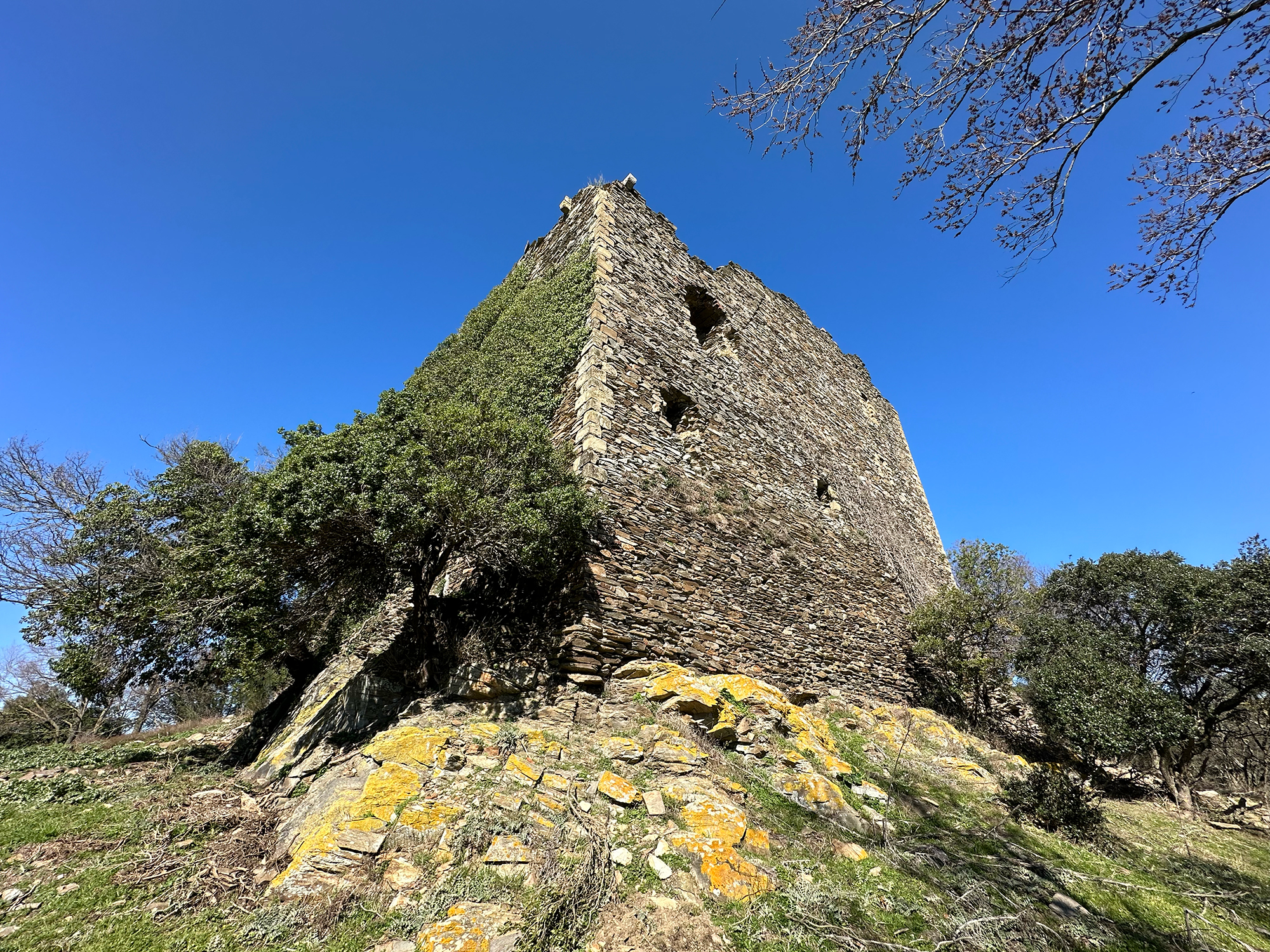
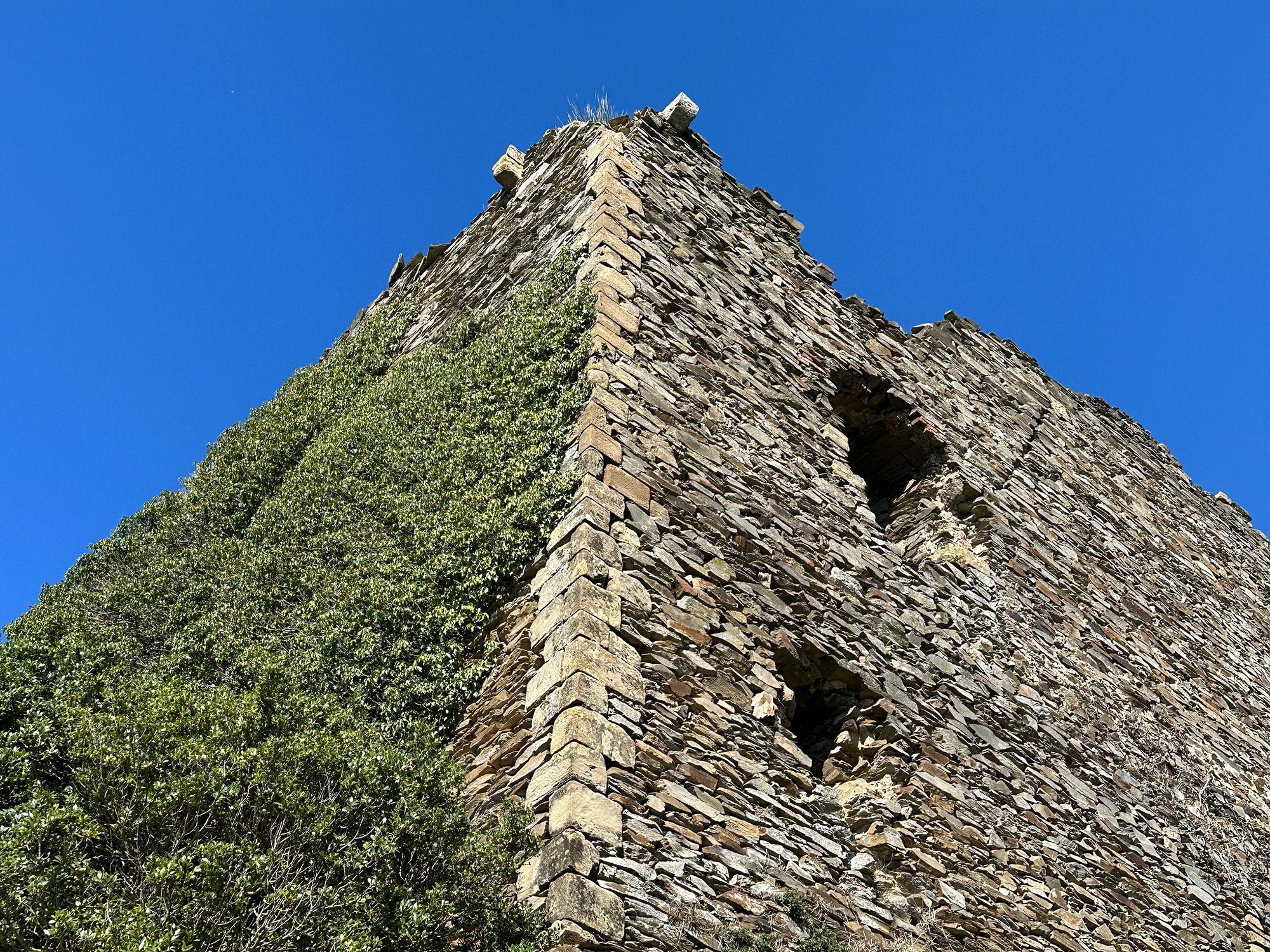
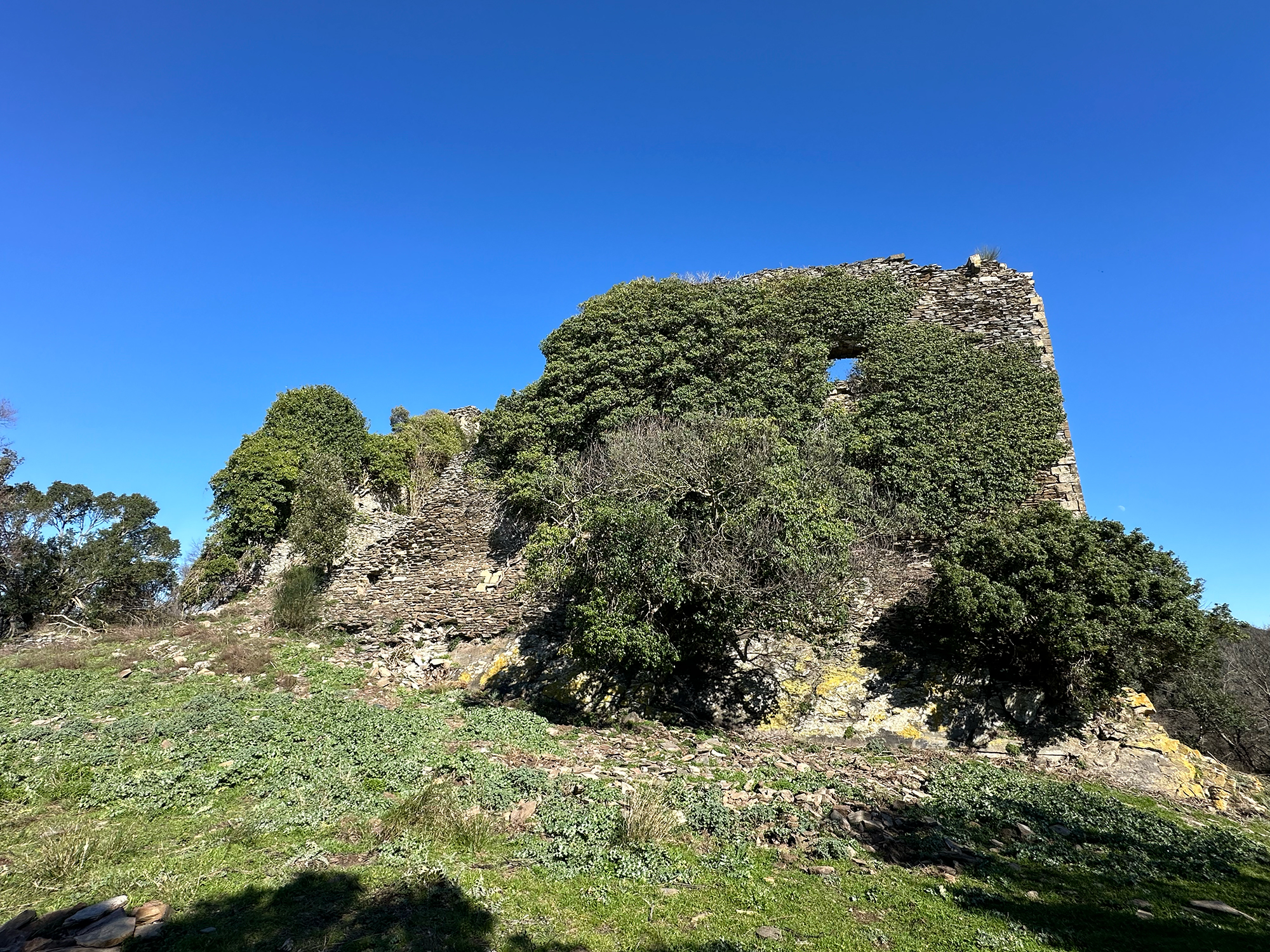
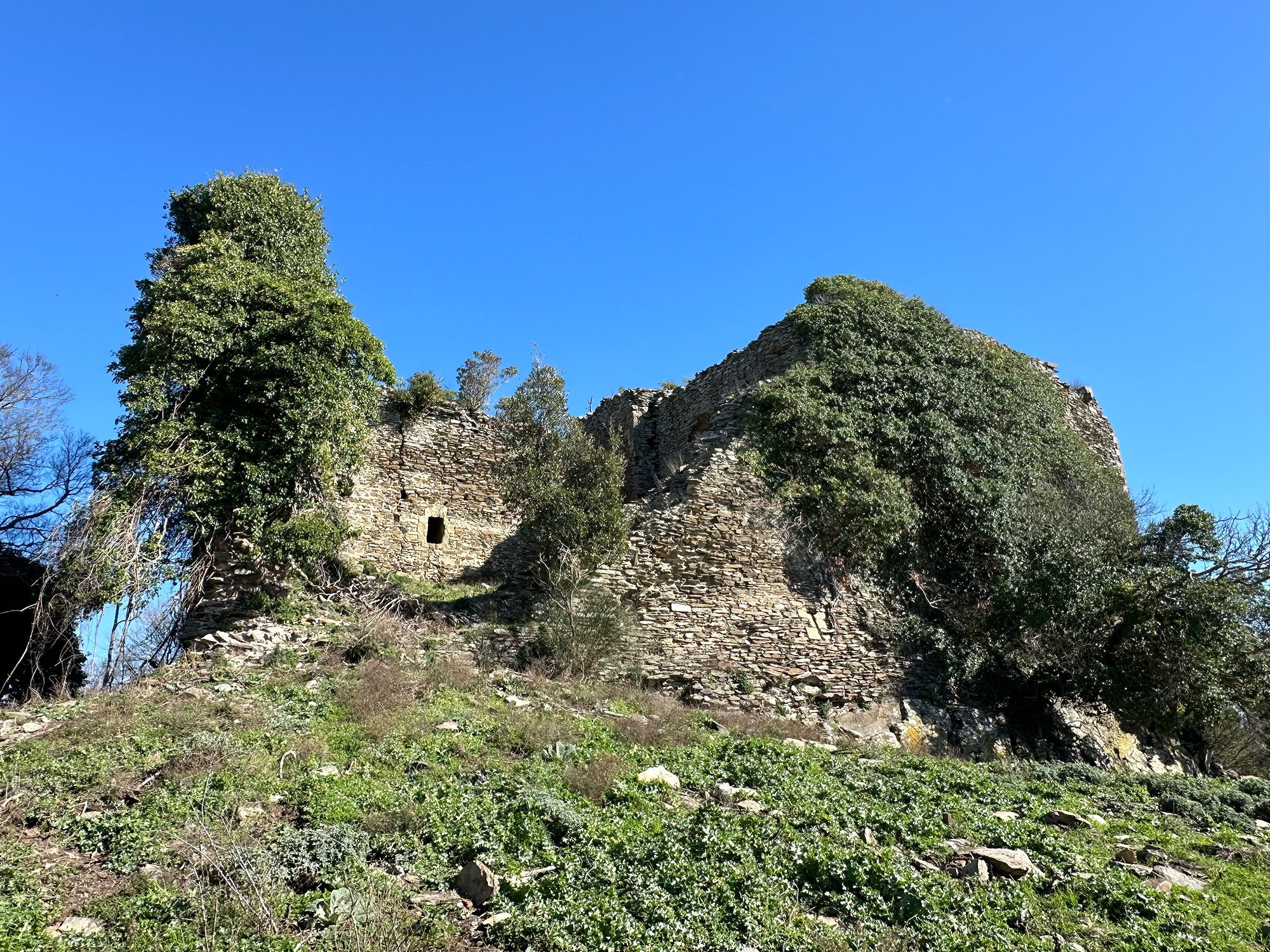
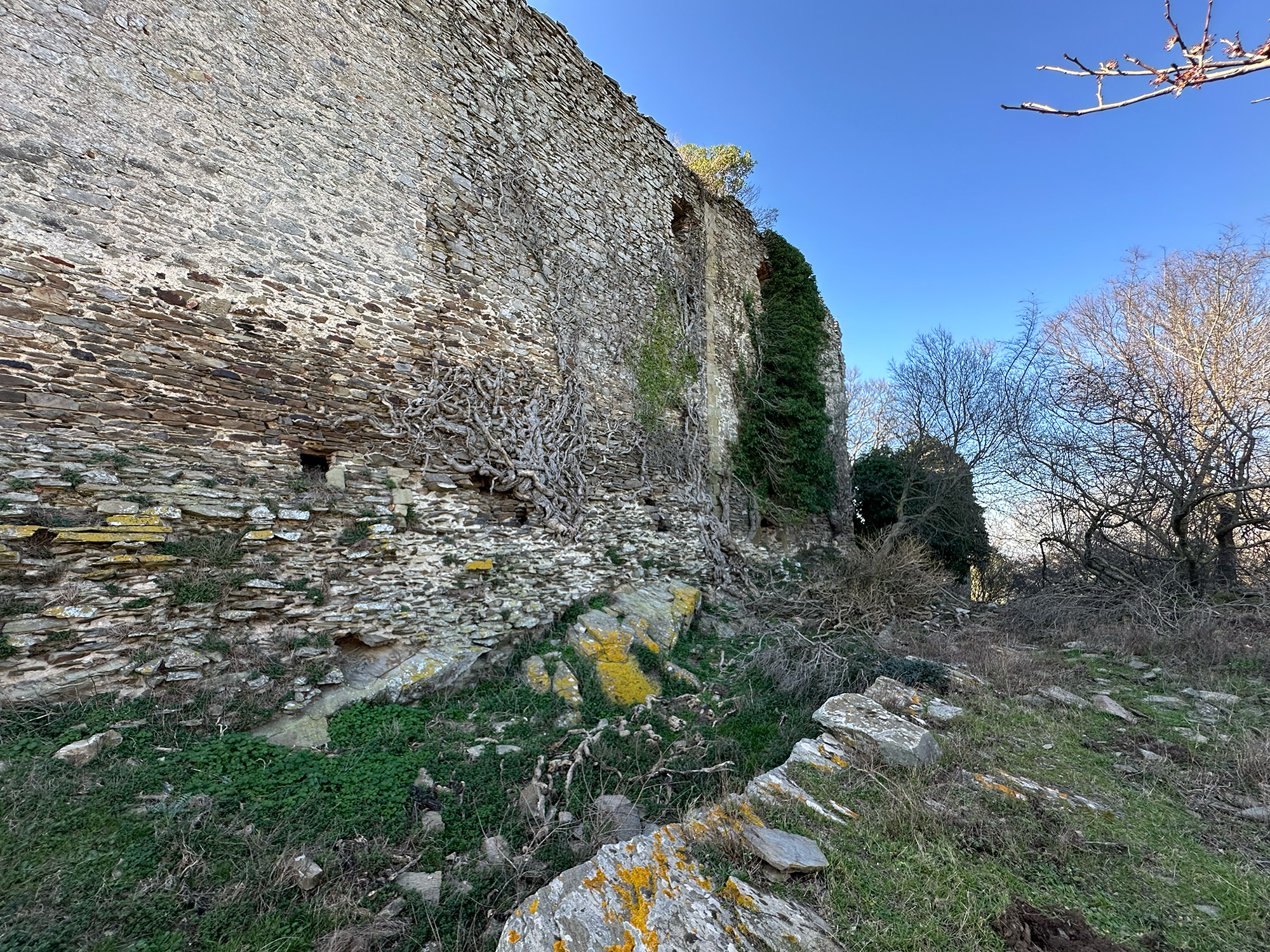
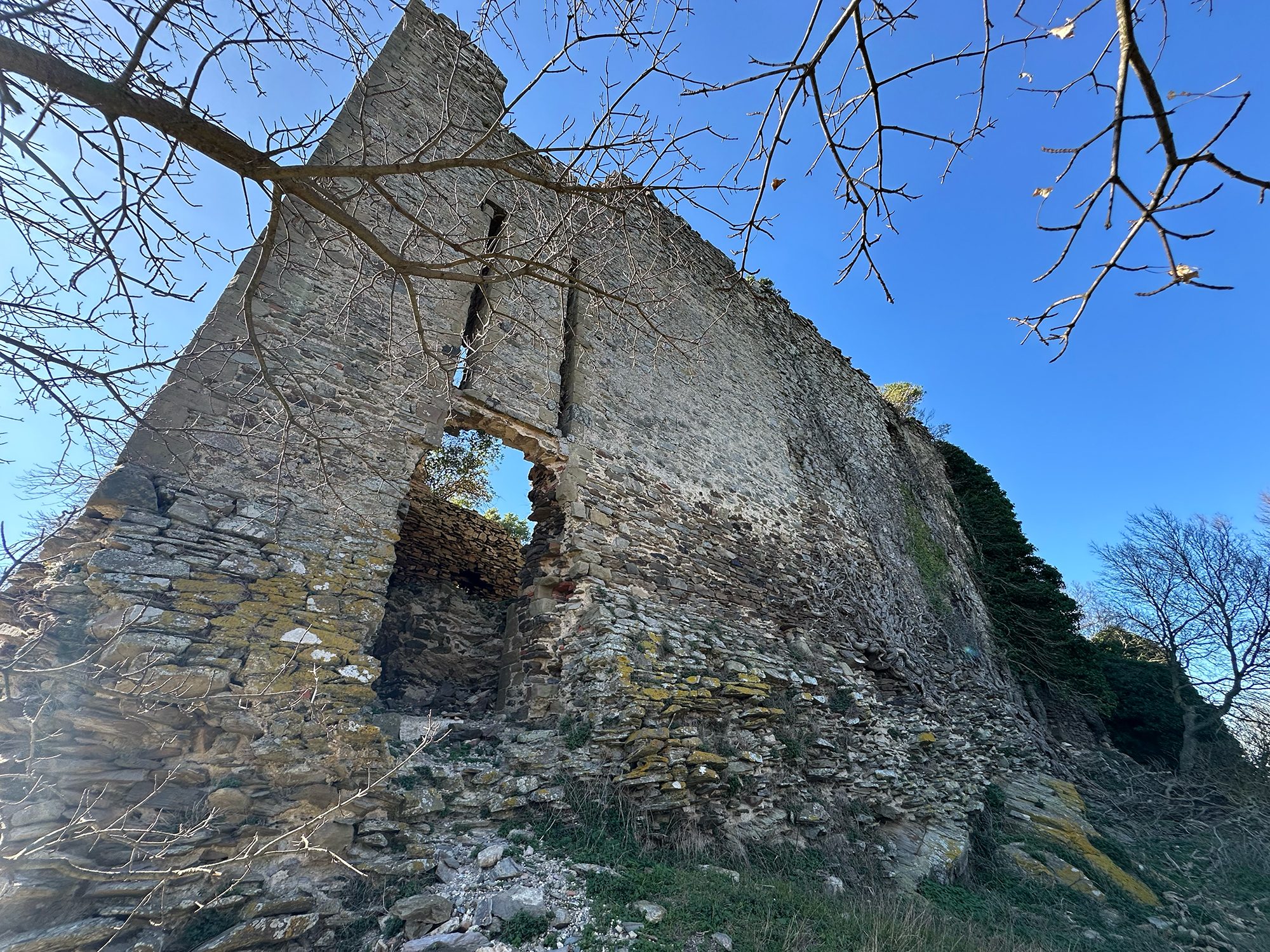
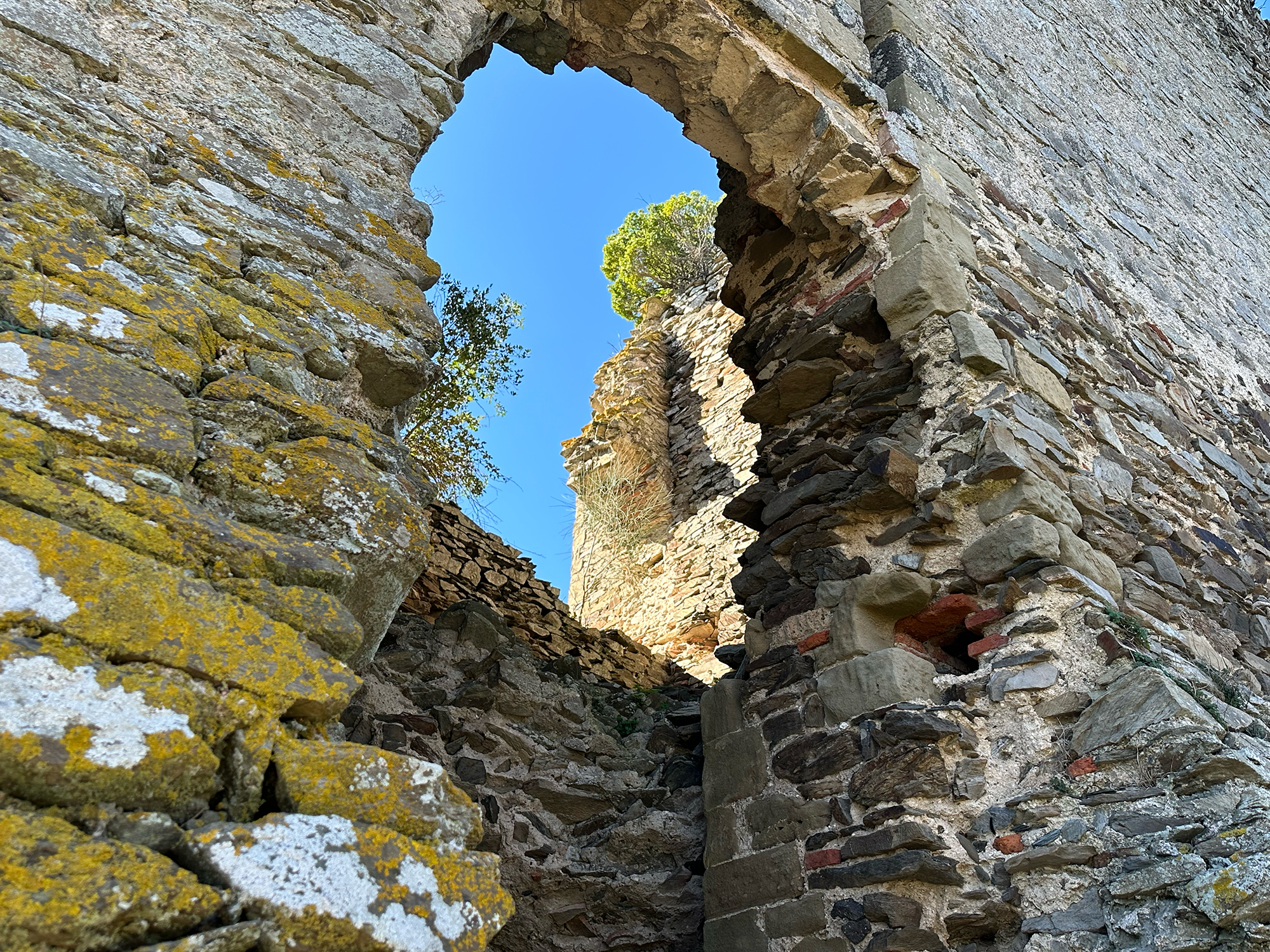
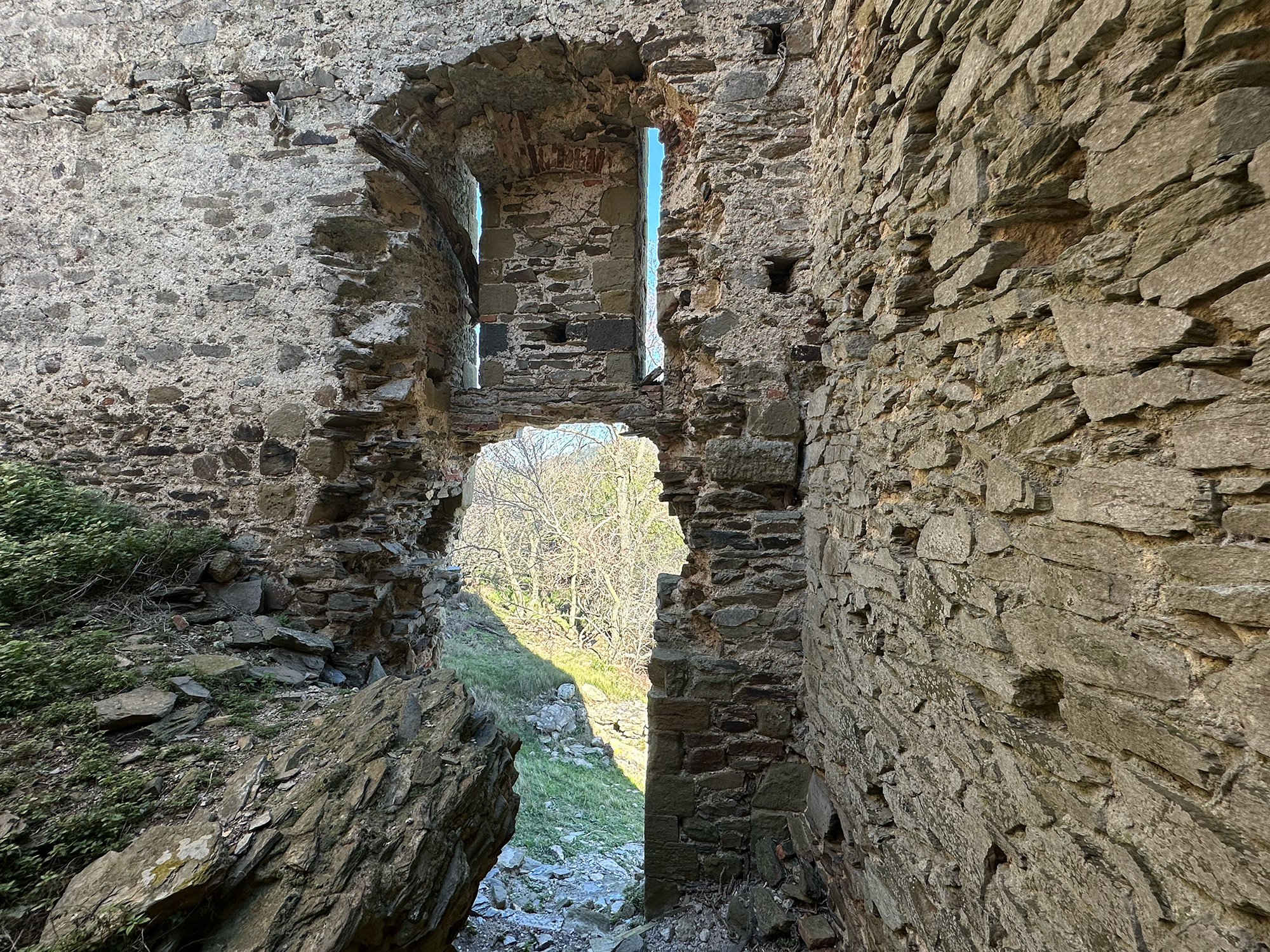
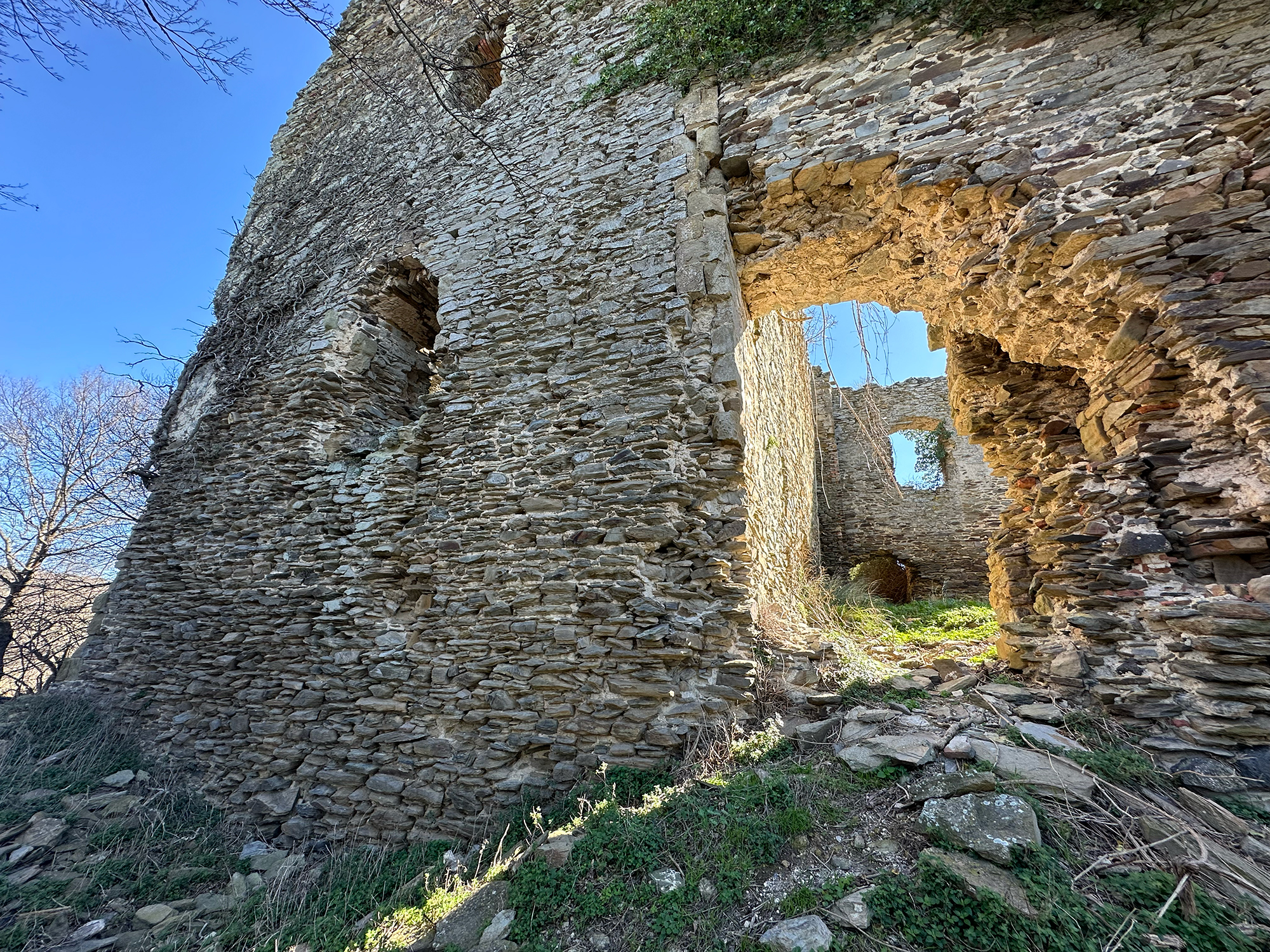
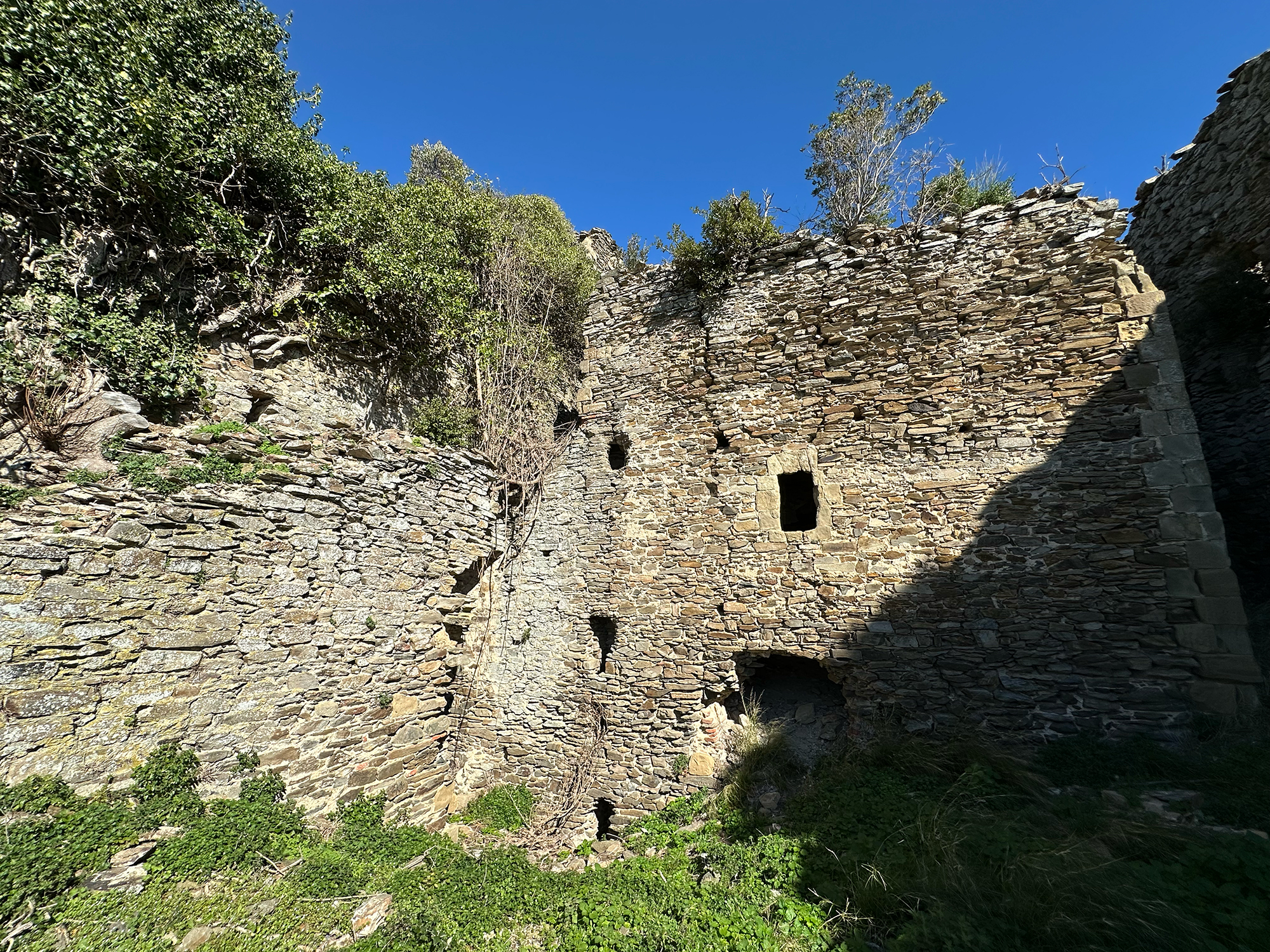
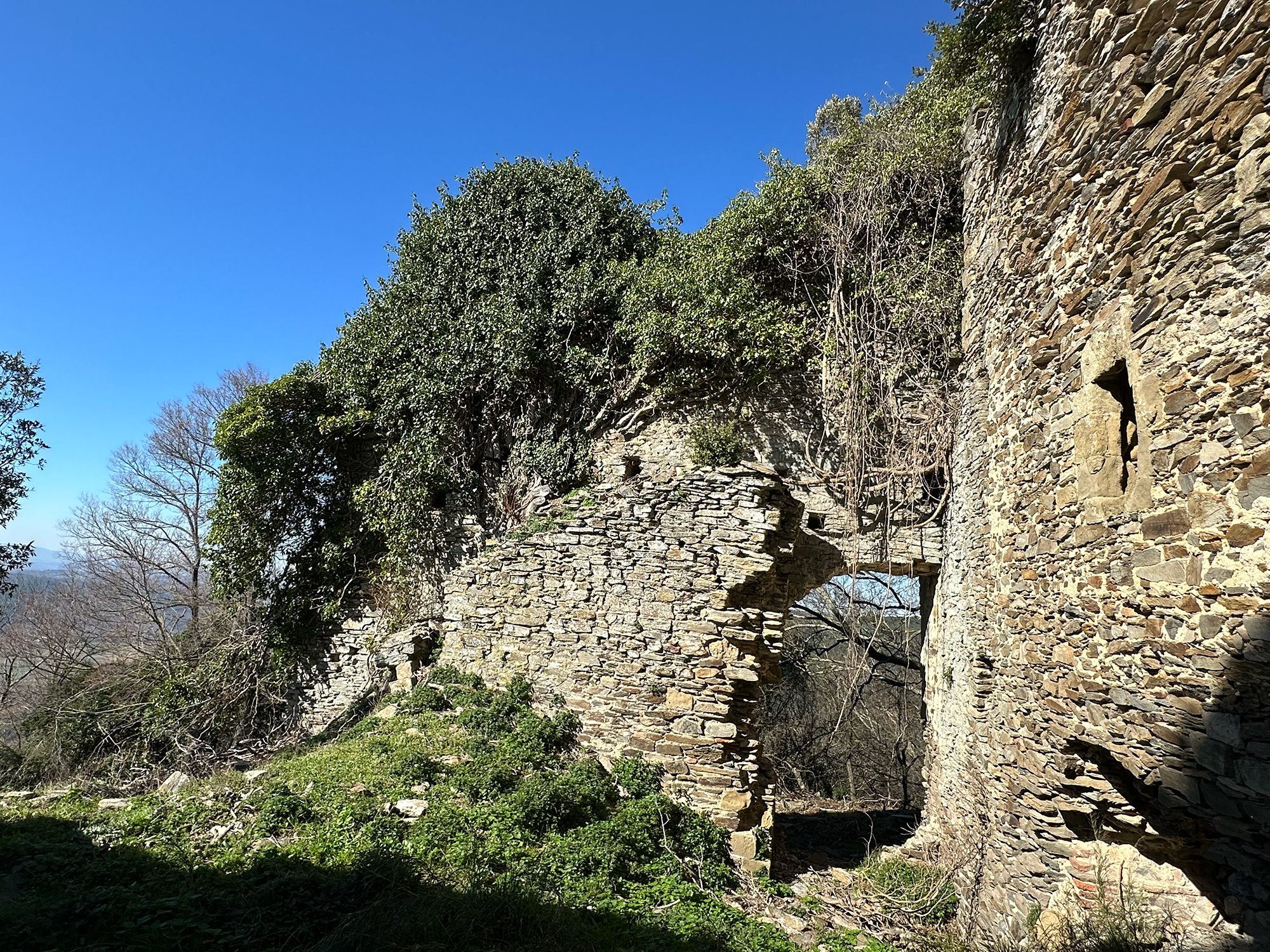
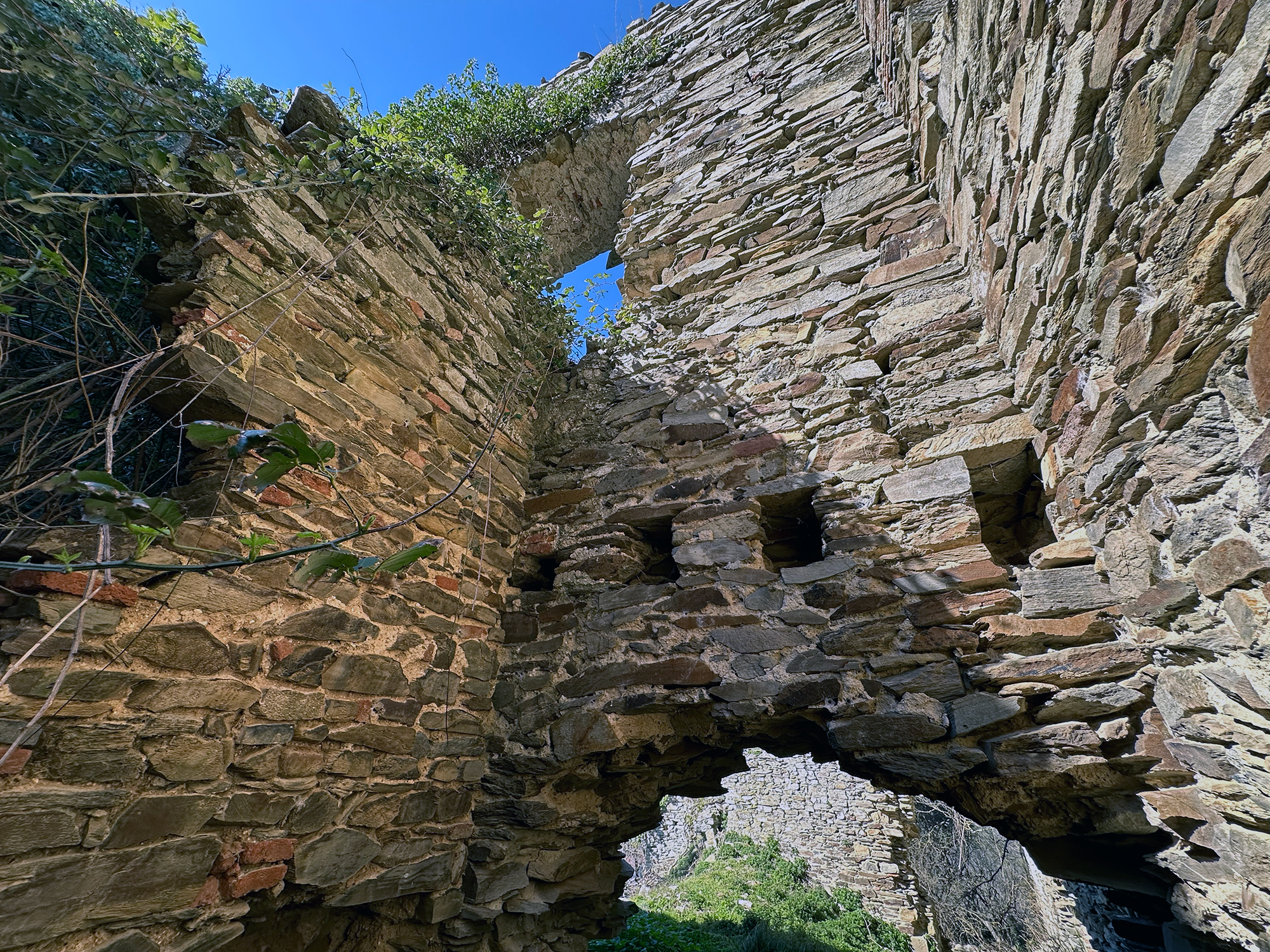
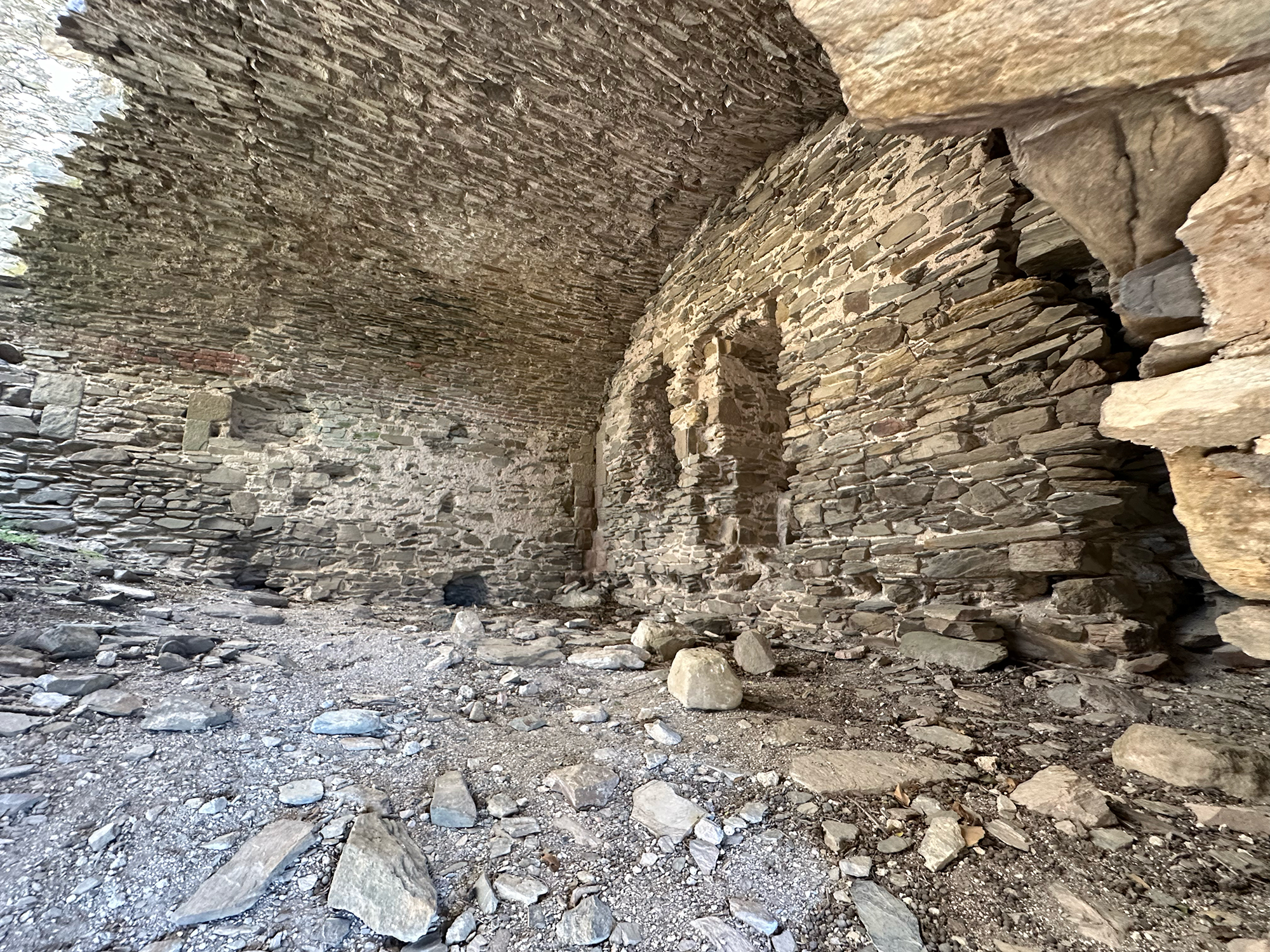
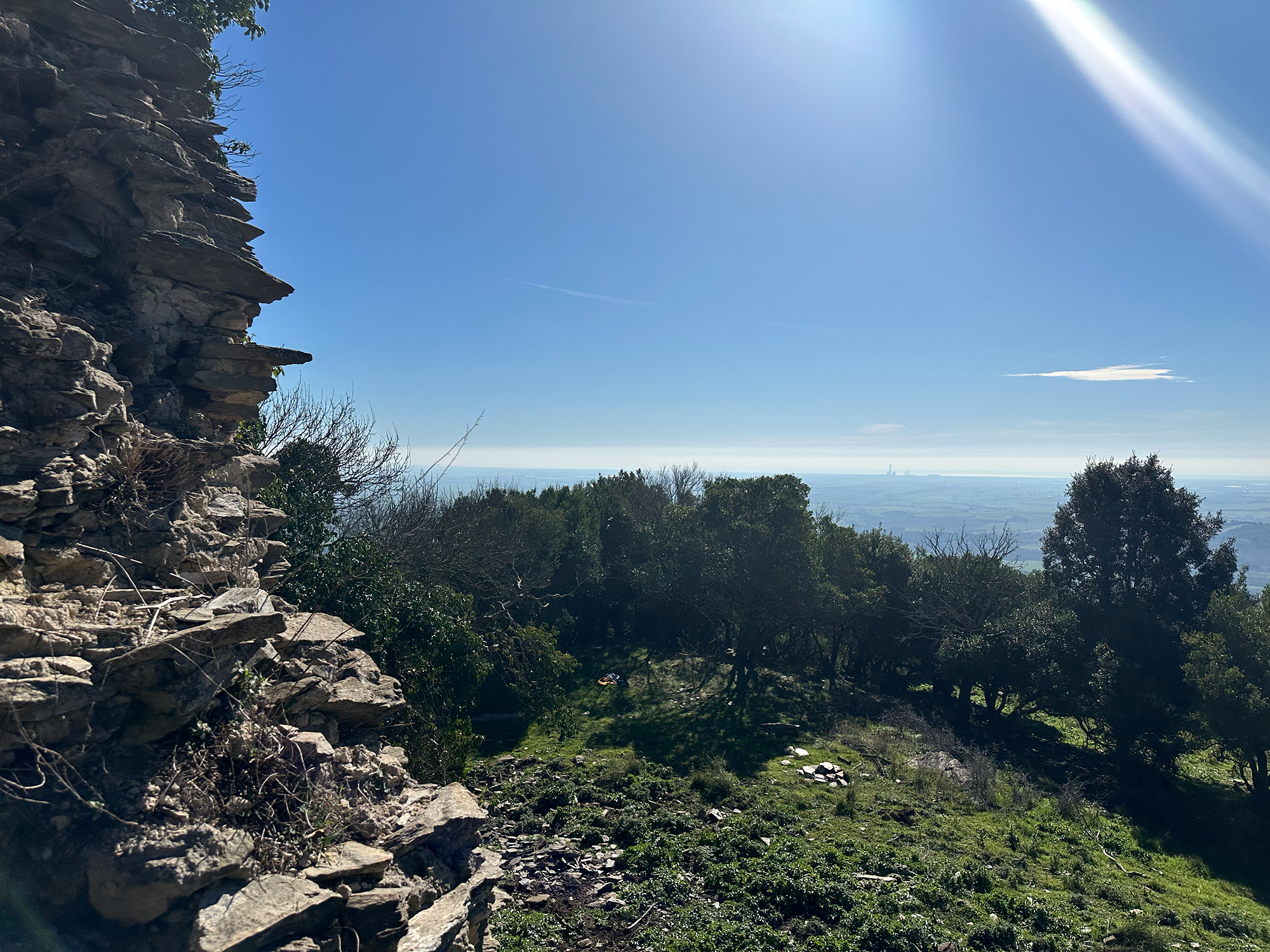














How to reach
Roccaccia di Montauto lies in the southern part of the municipal territory of Manciano almost on the border with the province of Viterbo. It is located within the Reserve of the Montauto Wildlife Foundation, a non-profit organization dedicated to the conservation of local fauna and flora, founded in 2020. There are no directions available to reach it, but if you are coming from Manciano, you should drive along the Campigliola Provincial Road in the direction of Montalto di Castro/Vulci for about 15 km. At this time, you will find a dirt road on the left marked 'Riserva di Montauto' but readable only by those coming in the opposite direction. Here you can decide whether to take this road (depending on the type of vehicle) or continue on foot for about 3 km to the Rocca. If you opt for the dirt road, after about 1 km it is still advisable to park in a space you will find on the right and continue until the following fork and ford by taking a right. Here begins the climb that leads to your destination. Be careful to take the road on the left (although it is 'closed' by a chain, it is easy to pass it on foot) before reaching a sheepfold. This is an alley road with good gradients, but it does not present any particular difficulties. Elevation gain 350 meters, round trip about 6 km.
History
The Rocca di Montauto, better known as Roccaccia, although in ruins, still presents itself today as an imposing fortification, enclosing at its center a watchtower and various other buildings now partially collapsed, as is the rest of the surrounding settlement. The beauty of the surrounding territory provides a backdrop to this historically significant yet unfortunately little-known site, from which one can overlook the entire valley below and the distant Tyrrhenian coast approximately 15 kilometers away.
The structure, in a state of severe decay and partly obscured by vegetation, has a quadrangular section alongside a fortified courtyard now almost completely ruined; on the stone walls composed of partially rough-hewn stone blocks of varying sizes arranged in horizontal rows, there are some openings surmounted by lowered arches and others whose finishes, which I suppose were of worked sandstone like the corners of the structure, have almost completely disappeared. The upper part is now devoid of battlements due to the long period of decay, except for two still protruding corbels at the southwest corner. Of particular interest are the remains of the main entrance located on the east side, once equipped with a drawbridge, of which the recesses for the disappearing bolts are still perfectly visible, and the beautiful barrel vaults of some internal buildings. At the southeast corner, in the basal part of the walls, a primitive bulwark is still identifiable.
The human presence in Montauto, however, has much more ancient origins; a collection of artifacts such as flakes, pebbles, and other Paleolithic relics now housed in the Museum of Prehistory and Protohistory of the Fiora Valley bears witness to this. Between the 9th and 1st centuries BC, the area was inhabited by the Etruscans. In 280 BC, the area came under Roman control.
During the Early Middle Ages, the territory was contested by Saracens, Popes, and Frankish Kings. The feudal lords, always in conflict with each other, reshaped its borders and properties until the establishment of a Carolingian hegemony. It was Charlemagne in 805 who donated it to the Abbey of Saints Anastasius and Vincent at Tre Fontane, a Cistercian monastery that controlled it for over three hundred years.
In the 12th century, the dominion of the Aldobrandeschi was established, who consolidated a system of imposing defensive structures still visible today. Among the most significant is precisely the Rocca di Montauto. The continuous struggles between political forces (Guelphs and Ghibellines), raids, and plundering (in 1489, the area was even occupied by Corsair pirates) justified its heavy fortifications. Its strategic position near the border with Lazio also made it the scene of numerous battles and disputes.
At the end of the 15th century, the Rocca di Montauto attracted the attention of the Byzantine royals defeated in Constantinople by the Ottomans. The People's Council of Siena allowed Anna Palaiologina (last reigning Empress of the Eastern Roman Empire) and her entourage of 100 Greek families to establish a new settlement in Montauto. The entire project was shelved when the Grand Duchy of Tuscany defeated the Republic of Siena and established its own dominion under the Medici emblem. The Rocca was gradually abandoned, but its walls were used as a refuge even in later times: for example, by the bandit Tiburzi and by partisans during the Second World War.